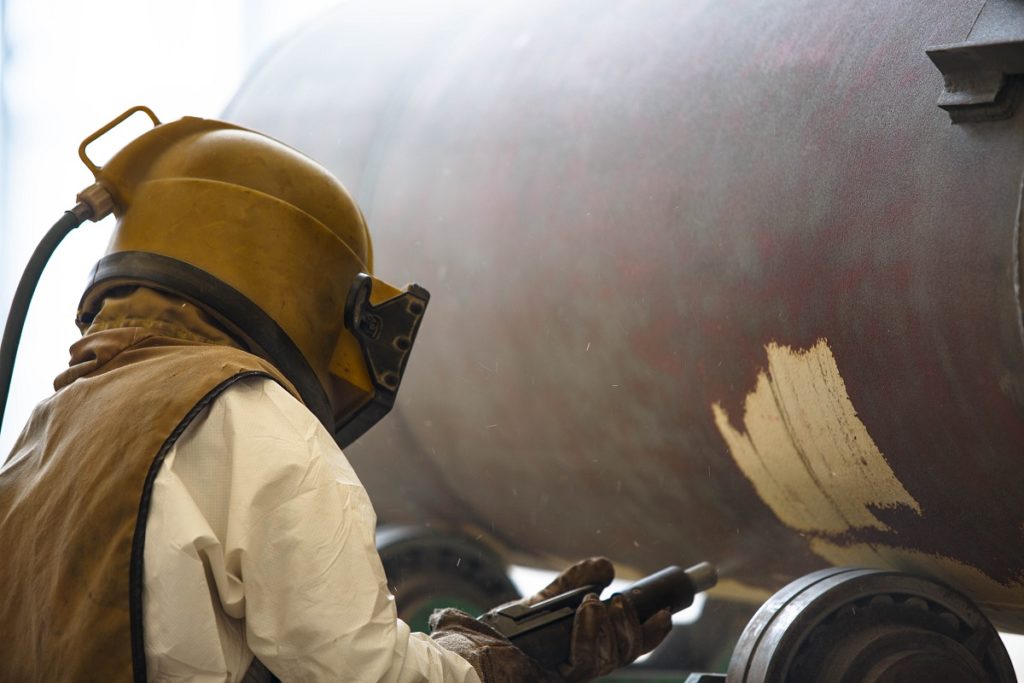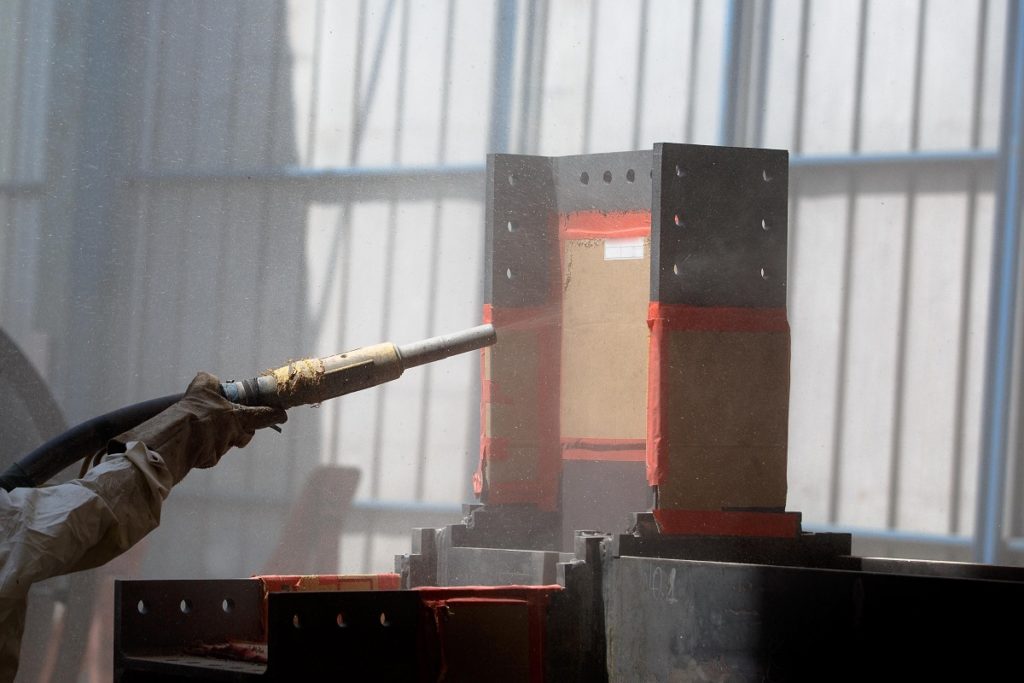Sandblasting is the process of propelling abrasive media (mainly sand) on a surface to clean it. Sounds pretty straightforward, right? Well, sandblasting has a lot of uses, and you can learn about them here.
What is sandblasting?
Sandblasting is used in many different industries, mainly construction, manufacturing, and restoration. In this process, sand or other abrasive material is propelled forcefully on a surface to clean it. Because of the speed and force of the abrasive particles, almost any buildup can be cleared away but leave the original surface intact.
What is sandblasting used for?
Before you look for sandblasting in Utah, here are some of the most common uses of this process that you should know:
1. Rust removal
Just because something is covered in rust doesn’t mean it can’t be restored. With sandblasting, rust is blown away from the metal to bring back the original quality of the surface. This process is typically used for corrosion-prone things like cars, antiques, tools, cutlery, and more.
Moreover, because rust is weaker and softer than metal, it can be removed by sandblasting without causing damage to the metal.
2. Paint removal
Removing paint from any surface can be a tedious (and sometimes even impossible) process. Therefore, many mechanics or restorers use sandblasting to remove old paint from walls, floors, objects, and practically any other surface that is not softer than paint.
3. Concrete cleaning
Sandblasting is also used to remove deep-seated dirt and stains from streets, walkways, and roads. The process can be done over large areas at a time, which makes it a practical choice for concrete cleaning instead of power washing.

4. Shaping
Small metal parts often come off the conveyor with sharp edges, minor imperfections, and tiny burrs. If you want to smooth out these issues accurately, manufacturers use sandblasting instead of manual methods.
5. Pre-coating preparation
Before you cover a surface with any coating, sandblasting is an essential step to make sure your coating process is a success. Otherwise, the coating might not adhere to the surface as well as it should, and can significantly affect the quality of the final product.
6. Restoration
Many restoration businesses use sandblasting to bring antiques to their former glory. From vintage cars to antique candelabras, sandblasting can get rid of the dirt, corrosion, and debris that has built up on the object over the years. As a result, these antiques can be sold at much higher prices on the collector’s market.
7. Mold elimination
When there’s mold in your house, you are put at risk of numerous health problems, including breathing problems and severe allergic reactions. While mold removal services can get rid of most of the mold using other methods, sandblasting is a useful tool when it comes to hard-to-reach areas and tougher mold colonies.
8. Artwork
This might surprise you, but sandblasting can also be used as an art tool. Skilled artists use sandblasters to create intricate sculptures made out of metal, glass, wood, and other pliable material, which might not be as feasible with other tools or mediums.
Sandblasting is a simple process, but it’s versatility allows it to be an invaluable tool for many industries, even for hobbyists and DIY enthusiasts. If you want to know more about this process and its uses, contact your local sandblasting company today.

